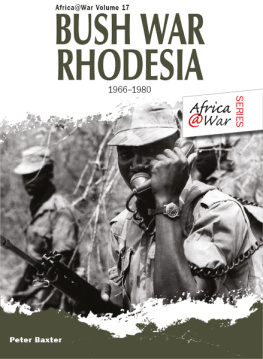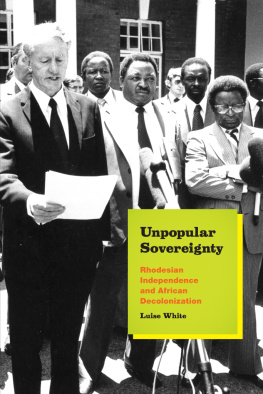SAS
Action in Africa
Also by Michael Graham
Secret SAS Missions in Africa: C Squadrons Counter-Terrorist
Operations 19681980
SAS
Action in Africa
Terrorists, poachers and civil war C Squadron operations: 19681980
Michael Graham
First published in Great Britain in 2019 by Pen & Sword Military
An imprint of
Pen & Sword Books Ltd Yorkshire Philadelphia
Copyright Michael Graham 2019
HB ISBN 978 1 52676 084 5
PB ISBN 978 1 52676 228 3
eISBN 978 1 5 2676 085 2
Mobi ISBN 978 1 5 2676 086 9
The right of Michael Graham to be identified as Author of this work has been asserted by him in accordance with the Copyright, Designs and Patents Act 1988.
A CIP catalogue record for this book is available from the British Library.
All rights reserved. No part of this book may be reproduced or transmitted in any form or by any means, electronic or mechanical including photocopying, recording or by any information storage and retrieval system, without permission from the Publisher in writing.
Pen & Sword Books Limited incorporates the imprints of Atlas, Archaeology Aviation, Discovery, Family History, Fiction, History, Maritime, Military, Military Classics, Politics, Select, Transport, True Crime, Air World, Frontline Publishing, Leo Cooper, Remember When, Seaforth Publishing, The Praetorian Press, Wharncliffe Local History, Wharncliffe Transport, Wharncliffe True Crime and White Owl.
For a complete list of Pen & Sword titles please contact
PEN & SWORD BOOKS LIMITED
47 Church Street, Barnsley, South Yorkshire, S70 2AS, England
E-mail: enquiries@pen-and-sword.co.uk
Website: www.pen-and-sword.co.uk
Or
PEN AND SWORD BOOKS
1950 Lawrence Rd, Havertown, PA 19083, USA
E-mail: Uspen-and-sword@casematepublishers.com
Website: www.penandswordbooks.com
C Squadron SAS operational area.
Authors Notes and Acknowledgements
I walked into the Air New Zealand Koru Club lounge ahead of a flight to Wellington and sitting on his own in a corner was Wilbur Smith. I went over to him to say hello and after introducing myself said I had a question.
Is it true that my mother used to do your medical prescriptions at Highlands Pharmacy in Salisbury back in the 1950s? I asked.
Absolutely true, he replied without any hesitation. And how is Mrs Graham?
We ended up sitting together on the hour-long flight from Auckland and chatted about Africa. He was especially interested in my time in the SAS.
Before going our separate ways he said, Mike, you should write a book. It was an extraordinary time in Africa and the world should know what part the SAS played in shaping history. It will be a great story.
It took me a few years but after regular prompting by good friend Andr Louw in Sydney, I eventually got started. Wilbur Smith had said it would be a great story and thats what I wanted to write. I had no wish to write a precise, accurate history.
I needed help to achieve this so joined the New Zealand Society of Authors. Government department Creative New Zealand gives the society funds every year to assist and encourage new writers and they use this to pay for manuscript appraisals.
I applied twice without success, but after the second time the secretary called to say my problem was genre. Id said my work was fiction but that was firmly rejected by the committee who said it was non-fiction.
I argued that I thought non-fiction was the truth, the whole truth and nothing but the truth, and while most of what Id written was based on actual events Id mixed things up and added detail to suit the narrative in each story.
I was told about creative non-fiction or faction as one of the committee put it. I changed my genre and got the grant.
That put me in touch with Caroline Martin. After leaving the Otago Daily Times , Caroline now helps new writers like me with professional editing. Caroline has been wonderful to work with and her contribution has been immense, not just with the writing but also with the critical presentations to get the attention of potential agents and publishers.
Carolines assistance continued with this second book and has been as professional as ever. I have been blessed with a great editor.
In May 2017, I went to England to meet my publishers, Pen and Sword. I didnt think Barnsley in Yorkshire would ever make my bucket list, but it did and I thoroughly enjoyed myself there. The small town is neat and tidy and Barnsley folk are some of the friendliest youll ever meet.
Tucked away in the rabbit warren of the old Barnsley Chronicle building in Church Street is one of Englands leading publishing houses. I was warmly welcomed by everyone at Pen and Sword, but would like to make special mention of publishing editor Henry Wilson and author liaison and marketing coordinator Katie Eaton.
With both of us being ex-army, Henry and I got along well and I am most grateful for the good advice he gave me regarding this second book. He told me to treat it as a completely new entity, pointing out that some readers will find book two before Secret SAS Missions in Africa so it made sense just to add to the original introduction and keep our team profiles.
Katie has done a sterling job marketing and promoting my books. I cannot thank her enough. Enthusiastic new authors like me need someone like Katie in our corner.
I left Barnsley and Pen and Sword feeling I was in good hands.
I am very grateful and my sincere thanks to you all.
Mike Graham
C Squadron SAS
S erving in the Long Range Desert Group and with the original SAS during the Second World War, Rhodesians had proved they were good Special Forces material, and it was this background and the offer of 100 trained men that in 1950 persuaded the British government to add C (Rhodesia) Squadron to the newly formed Malayan Scouts later to become 22 SAS.
A and B squadrons in the new SAS were English-based units, with D Squadron formed in Scotland.
At the same time, both New Zealand and Australia formed SAS regiments and while there was close liaison with 22 SAS they retained control by keeping them as part of their own armed forces.
Three years later, at the end of a campaign to contain the spread of communism into South East Asia, the members of C Squadron were returned to Africa.
Here trouble was brewing, with a Mau Mau uprising in Kenya, with rebels in the Katanga province of the Belgian Congo, and with what was seen as communist-inspired dissent in other regions. The squadron was initially based in Ndola, Northern Rhodesia now Zambia.
There were ups and downs in the years that followed before C Squadron eventually moved to what was then Southern Rhodesia and that became their permanent base. The Rhodesians had an air force with helicopters and DC3 Dakotas for parachute operations both critical to SAS operations.
At the height of the Cold War the Russians, the Chinese and to a lesser extent the North Koreans were actively courting dissident political and tribal factions throughout Africa, training and arming them, and backing so-called liberation struggles. Not that liberation interested them in the slightest their eyes were firmly fixed on the vast mineral riches of the region, and nowhere more so than in central Africa: oil in Angola; copper in Zambia; gold, chrome, asbestos, nickel and coal deposits in Zimbabwe and Mozambique; platinum and diamonds in Botswana.
Next page

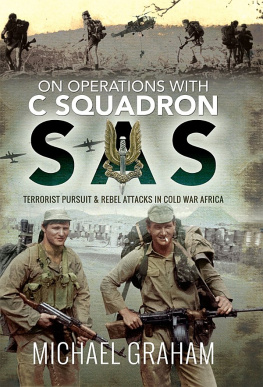

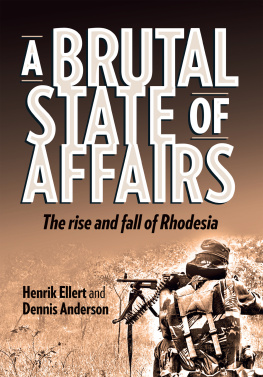
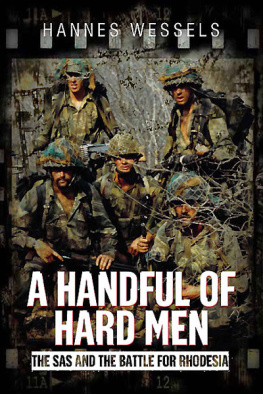
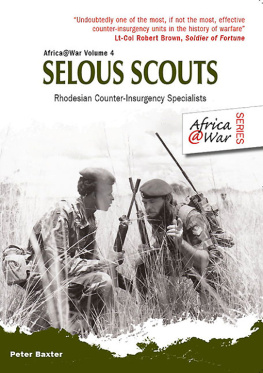
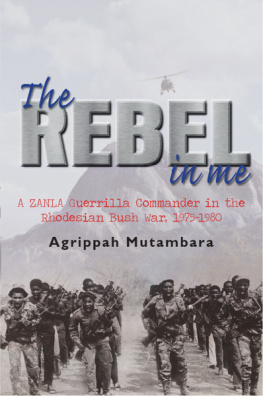
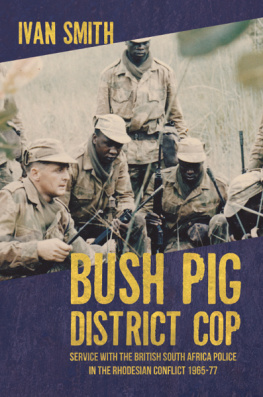
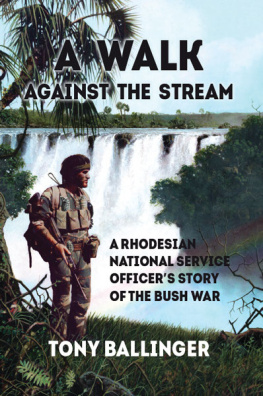
![Atkinson - An army at dawn: [the war in North Africa, 1942-1943]](/uploads/posts/book/178818/thumbs/atkinson-an-army-at-dawn-the-war-in-north.jpg)
